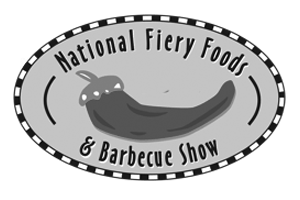Menu
French Toast is an eggy bread that’s typically dipped in a mixture of milk and eggs, then fried on a pan with butter. It’s delicious as a savoury or sweet snack, and also makes a memorable breakfast meal.
Get your morning off to the right start with this recipe for french toast. This classic recipe is perfect for family weekdays or a weekend brunch with friends. It starts with thick slices of good quality bread; then, whisk together eggs and milk in a shallow dish. Dip the bread in the mixture, let it soak up the liquid briefly, then fry until golden on both sides. Serve this delicious french toast recipe topped with maple syrup and a side of bacon or sausage links.
History of National French Toast Day
The French do not call this French toast. It’s called “ache perdu,” or “misplaced bread,” due

to the fact you may actually use stale bread to make it. (Most Americans, however, may find that objectionable.) Also? There is no casserole involved here. This is straight-up pan-fried toast and no one piles in ingredients like the French, so be prepared for a lot more than just egg and milk. Before you bake it, you soak the pain perdu in eggs, milk and sugar. And honeyed butter tops it off with even more decadence.
One of the best ways to start the day is with this delicious breakfast favorite. Dipped and coated bread is fried to golden brown perfection and served with a dusting of powdered sugar or a drizzle of maple syrup and a sprinkling of fruit. Warm toast makes for a great morning — and so does not waste food! French dates back to ancient Rome, where it was called Pan Ducis. Over the centuries, the recipe was adapted around the world into what we know today as toast.
A traditional English breakfast included meat dishes like bacon and a sweet dessert. In particular, bread that had been caught in the dripping pan was soaked in milk and egg, then fried, creating a delicious dish known as “a la tripe.”Fast ahead to the 1400s and you’ll discover a comparable recipe on the courtroom docket of Henri V wherein the “misplaced bread” attracted many fans. Still, it wasn’t till the mid-seventeenth century that the term “French Toast” was regarded in England. Food historians consider the term “French” to no longer even suggest France; instead, it refers back to the verb “to French” which means “to slice” in Old Irish.
So, “French toast” is actually “sliced toast.” Forget everything you think you know about this breakfast staple and let Bingeing with Babish teach you how to make it in sweet and savoury variations.
French toast is delicious, crispy, golden brown toast slices of egg-soaked bread often served with sweet toppings like syrup and powdered sugar. Although the exact origin of French toast is unknown, there are many interesting stories about its creation.
Lost bread is a type of French toast, only instead of using the typical stale or leftover bread, you use the “lost” or “lost” bread. Most cultures have a version of French toast, including people in old England, who made it with soggy bread and called it Poor Knights of Windsor. It’s thought that the name “French Toast” first appeared in 17th-century England. That recipe featured stale or mouldy bread thickly cut, dipped into a wine and egg mixture, fried in butter until golden brown and served sprinkled with sugar and cinnamon.





